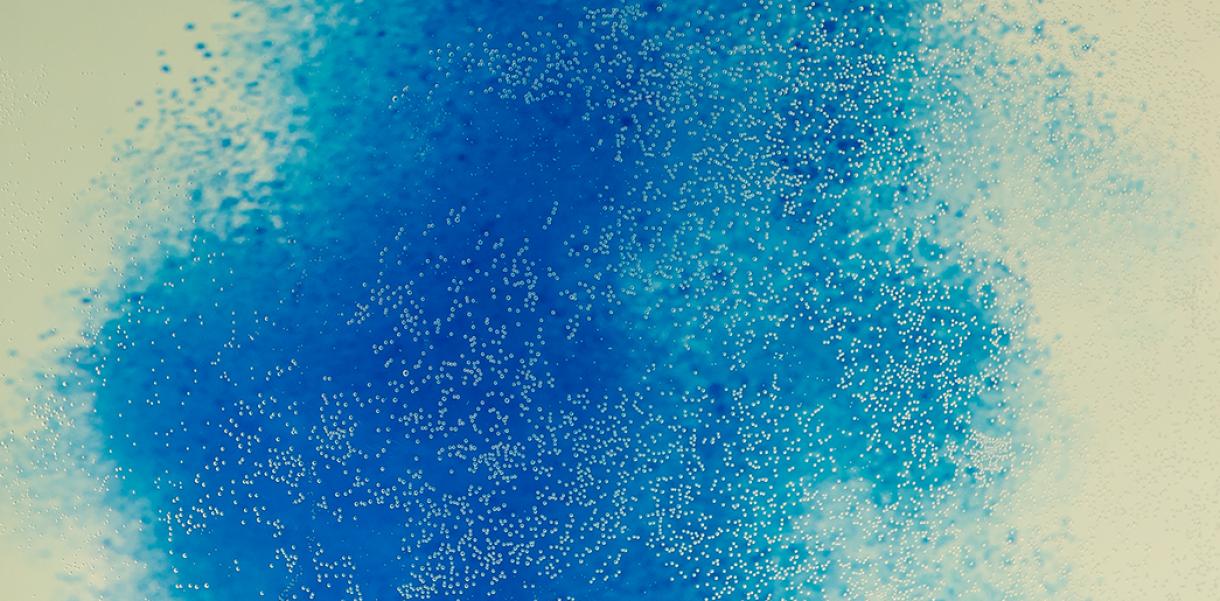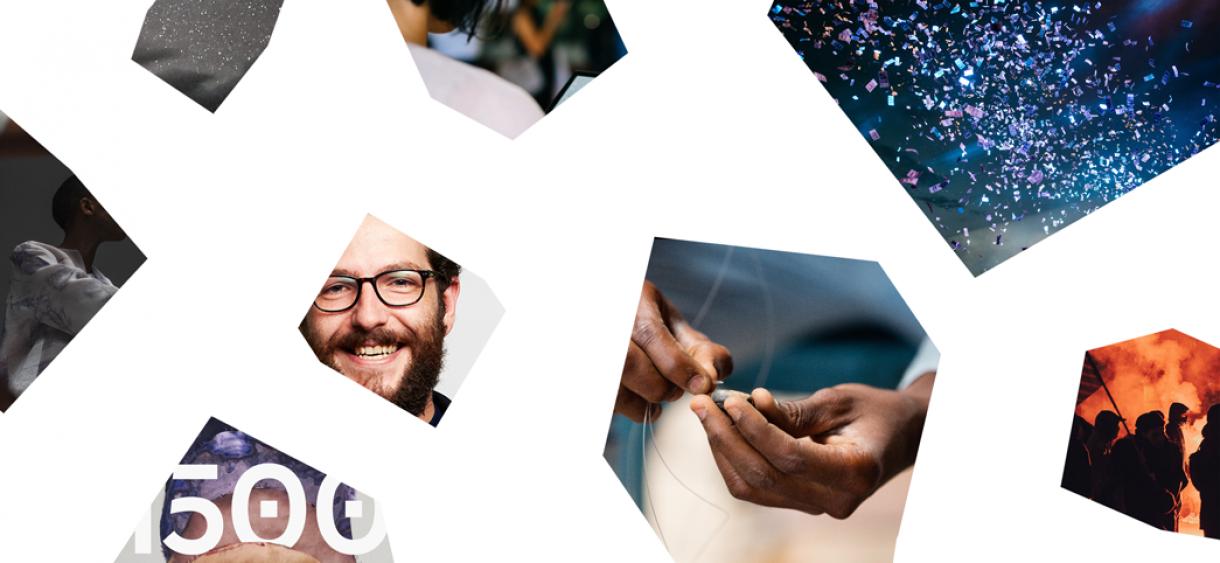What’s the design?
Around 95% of type-1 diabetes cases are diagnosed in childhood. This makes a vast amount of children dependent on caregivers for treatment. While studying at Parsons School of Design, designer Renata Souza Luque’s six-year-old cousin, Thomás, was diagnosed with type-1 diabetes. Luque quickly noticed the obstacles children face with this particular diagnosis. So, she designed an incredibly imaginative solution: Thumy – temporary tattoos and child-friendly insulin pens that make treatment easier for kids to manage.
The hurdle
Luque’s design drew mass attention worldwide, including features in Dezeen, Design Observer and the title of Jame Dyson Award Finalist. “We were starting to get a grasp of the market,” explained Luque. “Paediatric centres and hospitals were starting to contact us and asking for samples.” So, naturally, the next step was to get FDA approval.
Luque knew the FDA (U.S. Food and Drug Administration) would consider the insulin pen a medical product, therefore, certification would require a substantial investment. But, they weren’t expecting the same result for the tattoos.
After consulting with various FDA attorneys, hoping they’d classify them in the lowest class for medical devices, they determined the tattoos a Class 2 medical device – the middle class of certification. "They explained that since the product was ‘so novel’ there was nothing they could compare it to,” explained Luque. “It’s a regular tattoo, but I gave it a different function, and that’s why they’re sceptical.”
To get both certifications would be extremely costly and take about two years to complete. And capital and time, for Luque, were both in short supply.
The strategy
With roots in Mexico, Luque decided to head home where they have the equivalent of the FDA, called COFEPRIS. After a consultation, and much to her relief, the tattoos wouldn’t require any certification. This meant they could get them on market right away where there’s an even bigger need for the product.
“I designed it for children with type-1, but I realised there are several other conditions that require rotations for injections,” explained Luque. “There’s a bigger reach not only for paediatrics or adults but also for the elderly.”
While Thumy is on hold in the US until an appropriate investor is found, the team is putting its resources into tackling the Latin American market. “We’re figuring out more distribution strategies and actively looking for companies that want to invest,” said Luque. “Especially, to grow the team but, in the long term, to return the investment.”
Tips from the designer
- Sort out your patents – Get well acquainted with intellectual property law and have your patents in place, this is crucial to getting your device certified and if you’re seeking investment;
- Consider a change of scenery – If you face significant hurdles at home, consider establishing your solution abroad. Like in this case, you might even find there’s an even more substantial need or user-base in another market;
- Pay it forward – Share your lessons with others just starting out. There are some key lessons that Luque wishes she knew when she was studying – that’s why she’s planning to share her new knowledge with students at Parsons.






